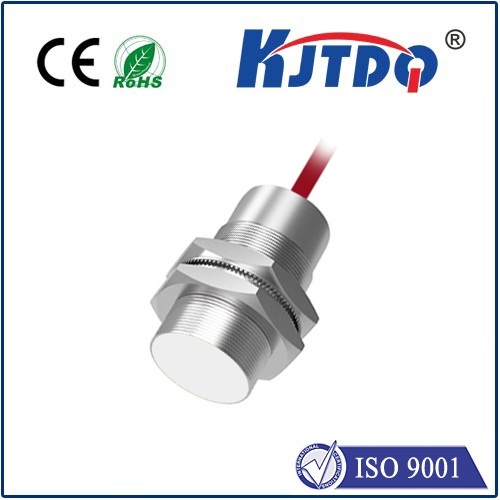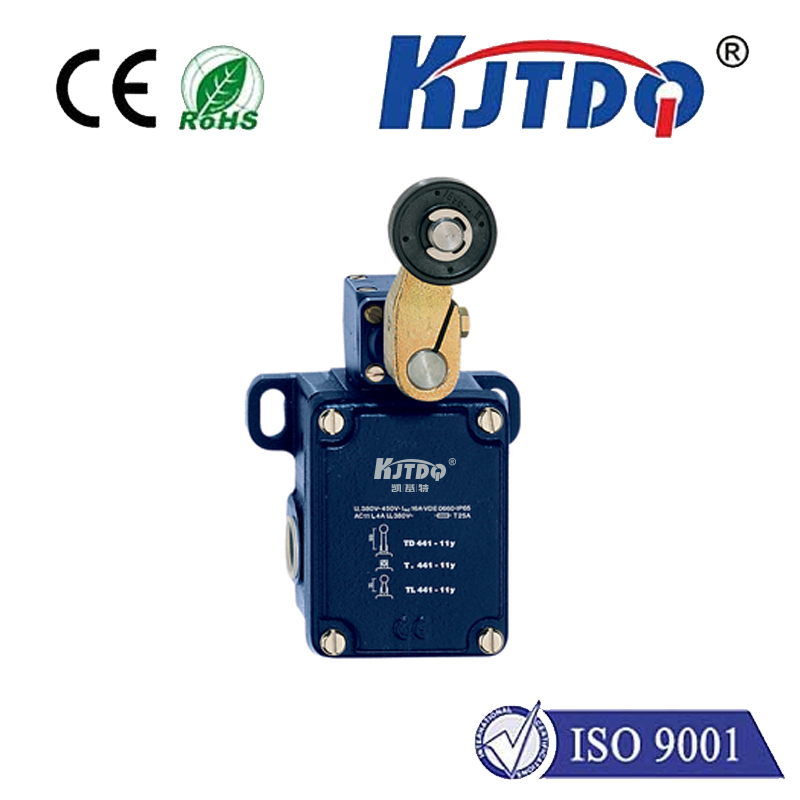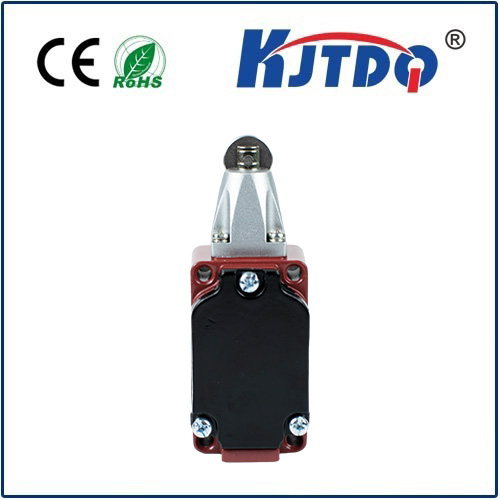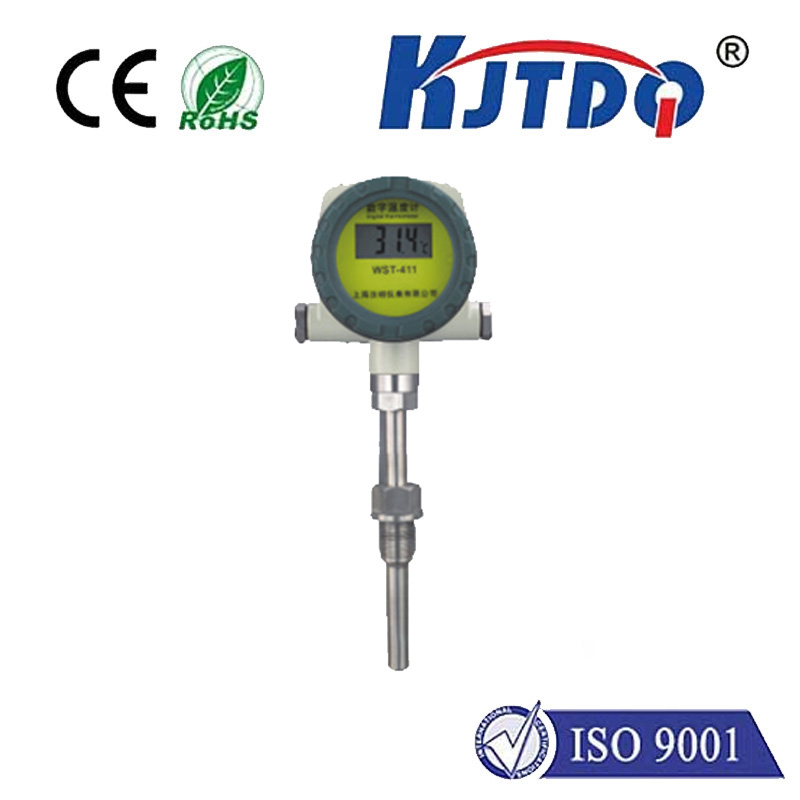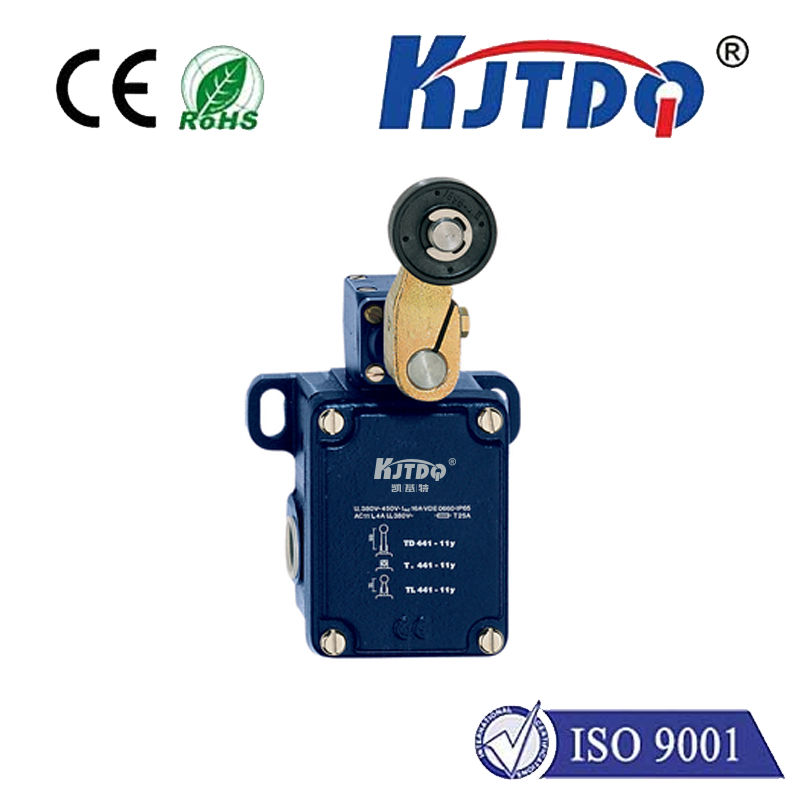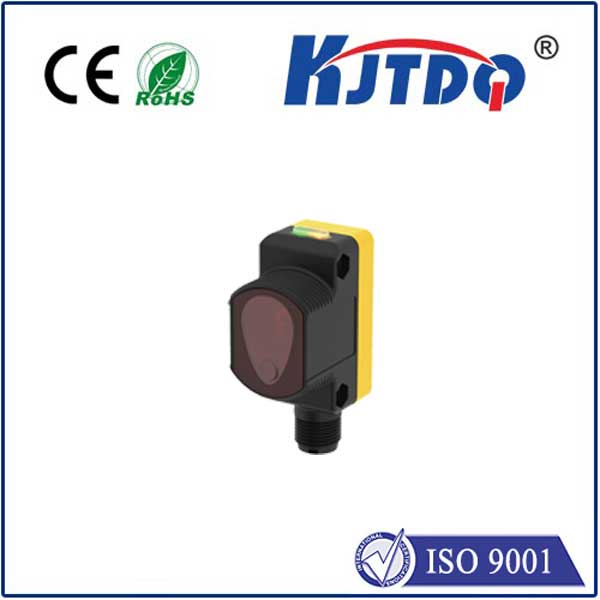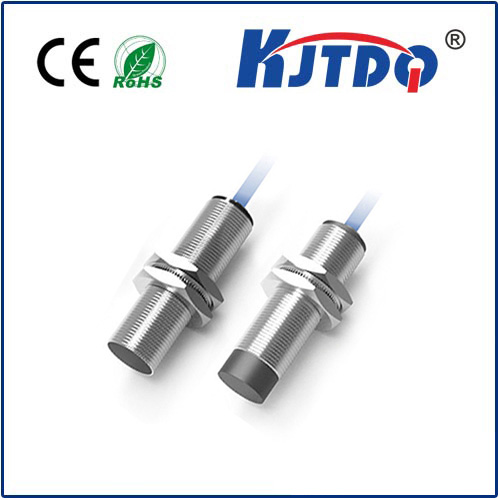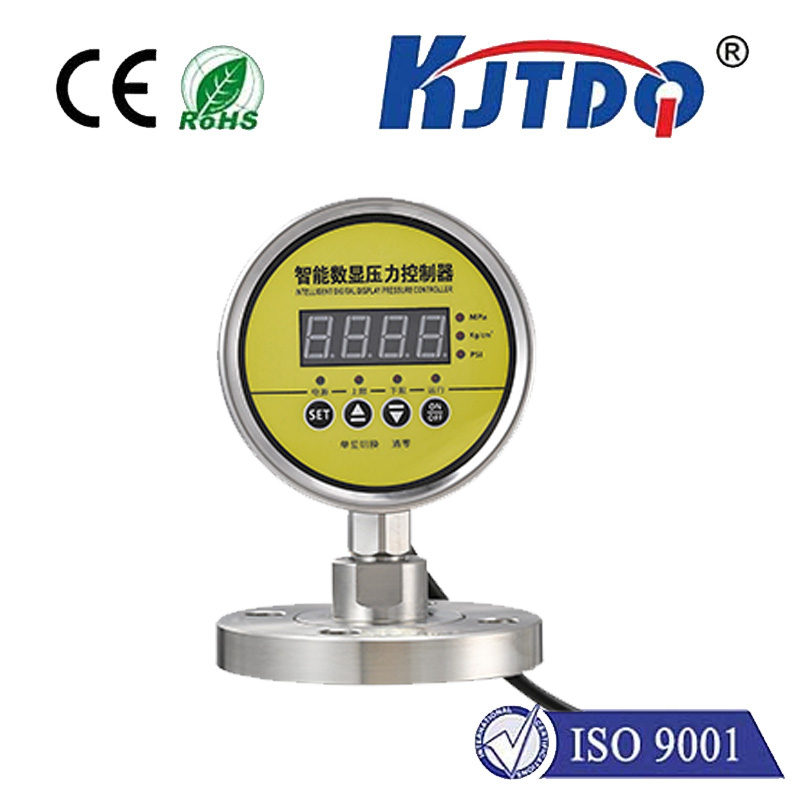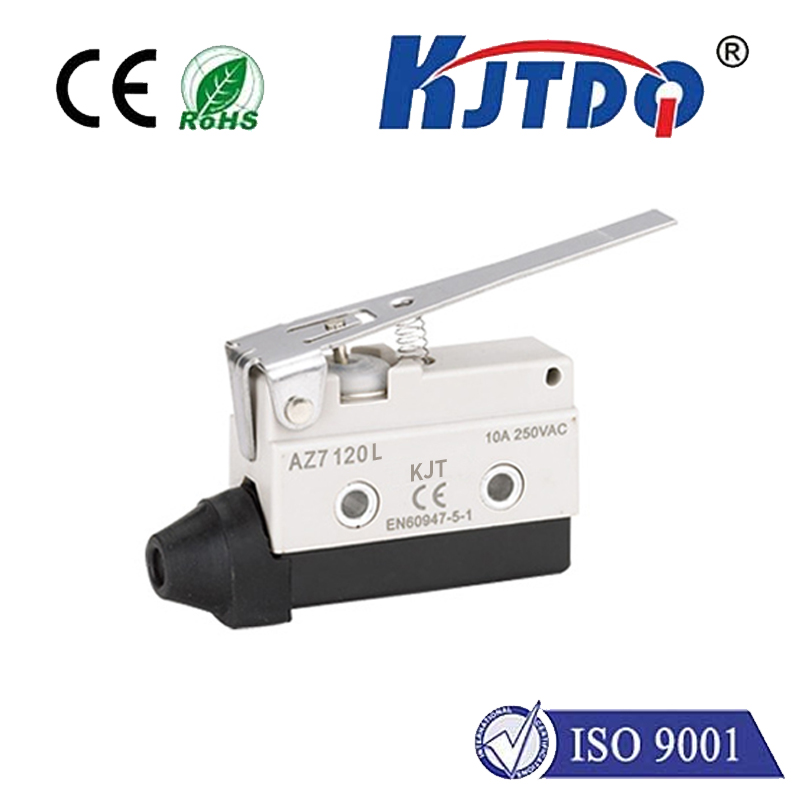

check

check

check

check
You reach into your pocket. Your phone screen lights up before you even touch a button. You adjust your car’s climate control with a gentle swipe. You tap an icon on your sleek kitchen appliance. This seamless, almost magical interaction is powered by an invisible marvel: the capacitive touch sensor. It’s the dominant technology behind the intuitive interfaces we interact with countless times every day. But how does this seemingly simple touch translate into complex commands within our devices? The answer lies in the elegant science of capacitance and the human body’s unique electrical properties.
At its core, a capacitive touch sensor detects touch by measuring changes in an electrical field. Unlike older resistive touchscreens that rely on physical pressure, capacitive sensors harness the fact that the human body is naturally conductive. Most modern sensors consist of a grid or pattern of transparent conductive material, usually Indium Tin Oxide (ITO), deposited onto a non-conductive substrate like glass. This grid forms an array of tiny capacitors – components that store electrical charge.
When the sensor is active (like when your phone display is on), it emits a very weak, constantly monitored electrostatic field across this electrode grid. Here’s where the magic happens: When your finger, which possesses a natural capacitance and slight conductivity, comes near or touches the surface, it disrupts this electrostatic field. Your finger essentially acts as the second plate of an impromptu capacitor (capacitive coupling), altering the capacitance at specific points on the sensor grid.

The sensor’s controller circuitry is constantly scanning the grid. It detects the minute but measurable change in capacitance at the point(s) of interaction. This is the fundamental detection principle: sensing a distortion in the field, not physical deformation. The controller then rapidly calculates the precise location and nature of the touch (tap, hold, swipe, pinch) based on which electrodes registered the changes and the pattern of those changes. This information is translated into commands the device can execute.
Capacitive touch technology primarily comes in two flavors:
The dominance of capacitive touch sensors isn’t accidental. They offer compelling benefits over alternatives like resistive technology:
From smartphones, tablets, and laptops forming our personal tech ecosystems, to automotive infotainment systems, climate controls, and steering wheel buttons enhancing driving experiences, capacitive touch is ubiquitous. It revolutionizes home appliances (ovens, refrigerators, coffee machines), powers intuitive public kiosks and ATMs, enables interactive digital signage, and finds growing use in industrial controls, medical devices, and even smart home surfaces.
Continuous innovation drives capacitive touch technology forward. We see advancements like edge-to-edge and curved displays pushing design boundaries. Enhanced noise immunity algorithms improve reliability in electrically complex environments. Haptic feedback adds a tactile dimension to touch interactions. Integration with force sensing (3D Touch) provides an additional layer of input. Research explores the use of mutual capacitance for even finer resolution and novel flexible sensors for unique form factors. As technology evolves, capacitive touch will remain central to creating more natural, immersive, and user-friendly interfaces, ensuring that the intuitive connection between human intention and machine response continues to feel effortlessly magical.
The next time your screen lights up at your approach or slides smoothly under your finger, remember the intricate dance of electrostatic fields and capacitance happening beneath the surface – the ingenious capacitive touch sensor translating the simple act of touch into digital action.
